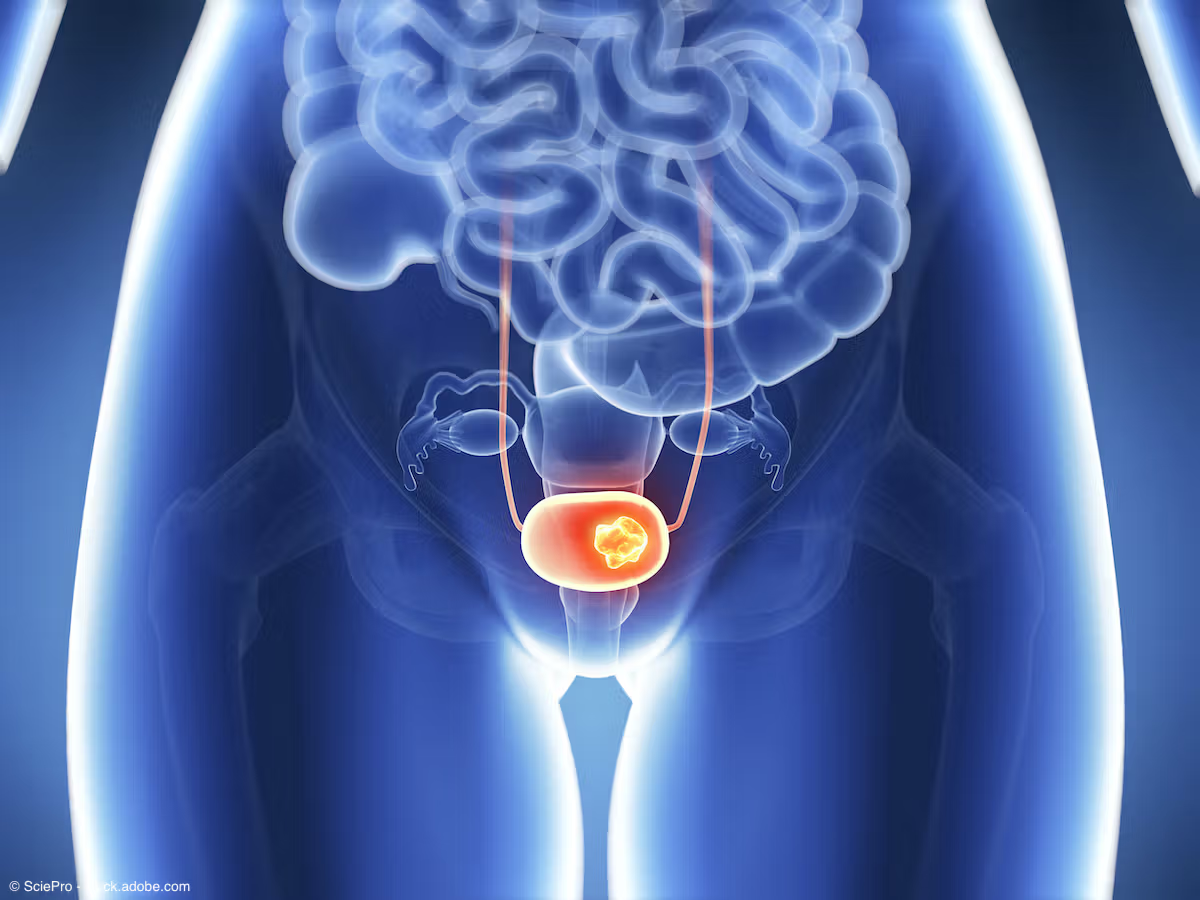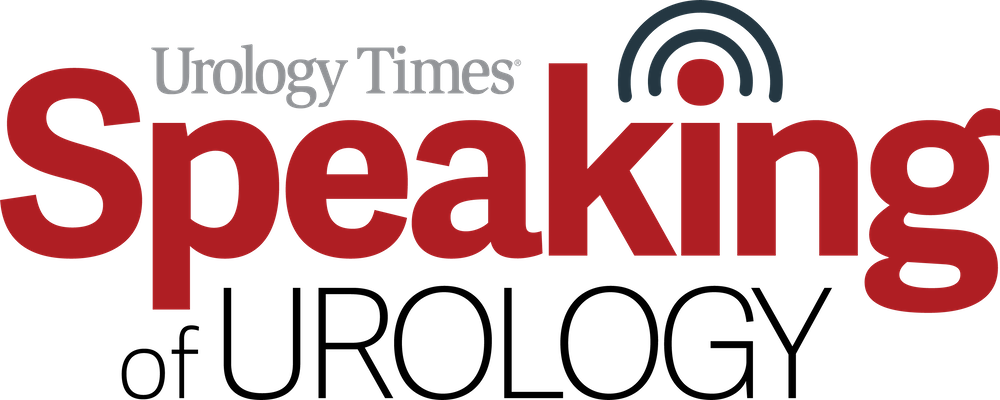Opinion
Article
Anktiva as a lymphocyte rescue molecule: Unlocking the power of NK cells and T cells
Author(s):
Key Takeaways
- Anktiva is the first drug to rescue T and NK cells, crucial for cancer cell eradication and memory generation.
- The "triangle offense" involves NK cells, CD8 killer T cells, and memory T cells, forming the basis of a cancer vaccine.
"One way to think about how Anktiva works is it is the first molecule, based on the package insert, that increases and proliferates the NK cells, the T cells, and the CD4+ and CD8+ T cells, without up-regulating the suppressive T cells," says Patrick Soon-Shiong, MD.
In this interview, Patrick Soon-Shiong, MD, shares key updates in the development of nogapendekin alfa inbakicept-pmln (Anktiva), which was approved by the FDA in April 2024 for patients with BCG-unresponsive non–muscle invasive bladder cancer (NMIBC) with carcinoma in situ (CIS) with or without papillary tumors. Soon-Shiong is the executive chairman and global chief scientific and medical officer at ImmunityBio.
This transcript was AI generated and edited by human editors for clarity.
Patrick Soon-Shiong, MD

What is the mechanism of action for Anktiva?
This is the first drug that rescues T cells and NK cells. We have a drug in the market that rescues red blood cells, called Epogen (epoetin alfa). We have a drug in the market that rescues neutrophils, that prevents infection, called Neupogen (filgrastim). But to this day, there's never been a molecule, a fusion protein, that rescues lymphocytes, the NK cells and T cells, which are the key cells for killing cancer and generating memory. For the first time, this is Anktiva.
I'll refer your readers to the package insert. When urologists do the [complete blood count], they look at the red blood cells. If you have anemia, they give Epogen. They look at the neutrophils, which is the basis of prevention or infection. If you have a low neutrophil count, they give Neupogen. But most doctors today do not look at lymphocyte count, and the lymphocytes represent the T cells and NK cells. It is the NK and T cells that treat cancer. The reason most doctors don't look at the lymphocyte percentage or lymphocyte count is because until Anktiva there was no treatment to increase the lymphocytes.
One way to think about how Anktiva works is it is the first molecule, based on the package insert, that increases and proliferates the NK cells, the T cells, and the CD4+ and CD8+ T cells, without up-regulating the suppressive T cells. That is very valuable for lymphocytosis. There are many papers now that show that if you have lymphopenia, you have a lower prognosis. We can now up-regulate lymphocytes, which are the key killers of cancer. Not only does it up-regulate the lymphocytes, but it also up-regulates the memory lymphocytes. That's why [it’s given with] BCG, which has memory within its T cells in your body. [Anktiva] is, to my knowledge, the only molecule with FDA approval [where] in the mechanism of action is basically a lymphocyte rescue molecule. It's a broader way of thinking.
When you give chemotherapy, or even checkpoint [inhibitors], you reduce the lymphocytes, and that is why you become BCG-unresponsive. We are able to not only rescue these lymphocytes, but we rescue the memory lymphocytes. That's why we have this long duration response and large complete response. I'll be sharing some of that information at the next AUA [American Urological Association] meeting. That concept is so fundamental to all doctors, whether you're a primary practitioner, a urologist, a lung cancer doctor, a pancreas cancer doctor, a breast cancer doctor, [etc]. We're so familiar with Epogen and Neupogen, rightly so, across all tumor types, because you're activating either the red blood cell or the neutrophils. All the other results that we are seeing beyond bladder cancer makes sense. When we're seeing complete remissions in patients with triple negative breast cancer, Merkel cell cancer, head and neck cancer, pancreatic cancer, etc, [it’s] because what we've done is rescued the lymphocytes. You can put us in the same class as Epogen/Neupogen; we are the class of rescuing T cells and NK cells.
You alluded to this idea of the ‘triangle offense.’ Could you expand on that concept?
At the last AUA [annual meeting] I presented the triangle offense. The triangle offense is the natural killer cell, the CD8 killer T cell, and the memory T cell. If you generate that triangle in your human body, you have the opportunity to generate memory. That is the backbone, or the fundamental basis, of a cancer vaccine. As I explained, Epogen is used across tumor types to rescue red blood cells, and Neupogen is used across tumor sites to rescue neutrophils. Neutrophils are a form of a white [blood] cell that prevents infection. Until Anktiva, which released the triangle offense, there was no molecule given subcutaneously that could rescue those cells that are important to kill cancer, which are the NK cells, the T cells, and the memory T cell.
The Triangle Offense; image provided by ImmunityBio

Anktiva generates this triangle offense, but more fundamentally, it rescues the cells in your body that you have, there today, as nature's cells to kill cancer. Now we have this tri-head of Epogen/Neupogen and Anktiva, except that Anktiva goes after the cells that matter in terms of killing cancer.
You talk about checkpoint inhibitors that activate T cells; if you don't have a T cell, there's nothing to activate. That is fundamental, and that's why, in our lung cancer trial, when you give a checkpoint [inhibitor] and Anktiva, it rescues the checkpoint, because fundamentally, it's rescuing the T cell. It's a little deeper than that. It's also rescuing the receptor on the tumor called MHC-I, and that MHC-I is the receptor for the T cell. So, not only does it rescue the T cell, but it exposes the tumor to that T cell. That's called MHC-I loss, and that's what I presented to the AUA last year.
Now you need to think two dimensionally. You need to think on the tumor side, where, when you give BCG, the tumor retracts its receptor to the T cell. So, even if you have T cells, the T cells can't recognize it. But sadly, you don't even have T cells because you get low T cell [counts]. You have a dual problem, and Anktiva solves both. It rescues the T cells—now you have the T cells back—but it also re-exposes the receptor on the tumor called MHC-I to the T cells—now you have the T cells activated.
It gets even more complicated. While you have lost the MHC-I, the NK cells go after those cells that have hidden from the T cells. That's why you need the triangle offense. You need a cell that hides from the T cell that will still kill the tumor, called the NK cell.
You need the T cell, so you need to rescue the T cell. Then you need the T cell receptor on the tumor called MHC-I. And once you do those three things, you generate the memory T cell.
Anktiva is currently approved in the CIS indication and is seeking a second approval in the papillary indication. There is also a third setting being explored—the BCG-naïve indication. What is the status of that cohort?
The BCG-naïve [study; NCT02138734] is actively recruiting as we speak. There was an interim analysis of that BCG-naïve data during the [Biologic License Application] BLA submission. What was exciting was when we looked at the duration of response at any time, let's say at 9 months, for example, we already hit statistical significance, beating BCG alone. That is now consistent with the BCG-naïve paper that we published, where we [assessed] the first 9 patients.1 [In that analysis,] 9 out of 9 patients had a complete response. At 6 years, they still had a complete response of freedom of disease; it was both CIS and papillary.
When we did the BLA, we asked the FDA [if we] could we reopen that trial merely to look at the ongoing duration of complete response of freedom of disease. They gave us the opening, and we did it. Six patients were available for review. [Overall,] 2 had passed away from natural causes and 1 patient was lost to follow up, so [there were] 6 [evaluable patients]. Remarkably, all 6 were still in complete response. Now we had 9 years of complete response of freedom of disease, which begins to say that you're free of your cancer, you have a great quality of life, and we've induced memory T cells. I call that the cancer vaccine.
You’re also doing some work in prostate cancer. Could you touch on those efforts?
On the basis of that cancer vaccine, we're now moving into prostate [cancer]. I'm presenting at the AUA the remarkable results in patients now. One of the major concerns is high-risk prostate cancer. Patients with high-risk prostate cancer face 2 choices: go on androgen deprivation therapy [ADT]/radiation or prostatectomy. The first concern we have is the moment you have radiation, you wipe out your NK cells. That's been shown by the group at MD Anderson, Dr Steven Lin, MD, PhD. The second thing we worry about is that ADT and radiation therapy in biochemically recurrent prostate cancer is a temporary quasi measure. Most radiation oncologists for prostate cancer say when they give radiotherapy [with or without ADT], you have to wait 6 months to 1 year before you see a drop in PSA, because we're just holding it back.
We have initiated this trial where before you get the radiotherapy, we will give Anktiva to rescue the lymphocytes. We will also give an adeno PSA that generates memory T cells [for] prostate cancer. If you want to add radiation to that, you do the radiation. We can avoid ADT and monitor the patient's PSA. What I will be showing at the AUA is that we've initiated that now as a full trial. [There] is very exciting data, which we will share.
Reference
1. Chamie K, Chang SS, Rosser CJ, et al. N-803 plus BCG treatment for BCG-naïve or -unresponsive non-muscle invasive bladder cancer: A plain language review. Future Oncol. 2024;20(31):2307-2317. doi:10.1080/14796694.2024.2363744
Newsletter
Stay current with the latest urology news and practice-changing insights — sign up now for the essential updates every urologist needs.













